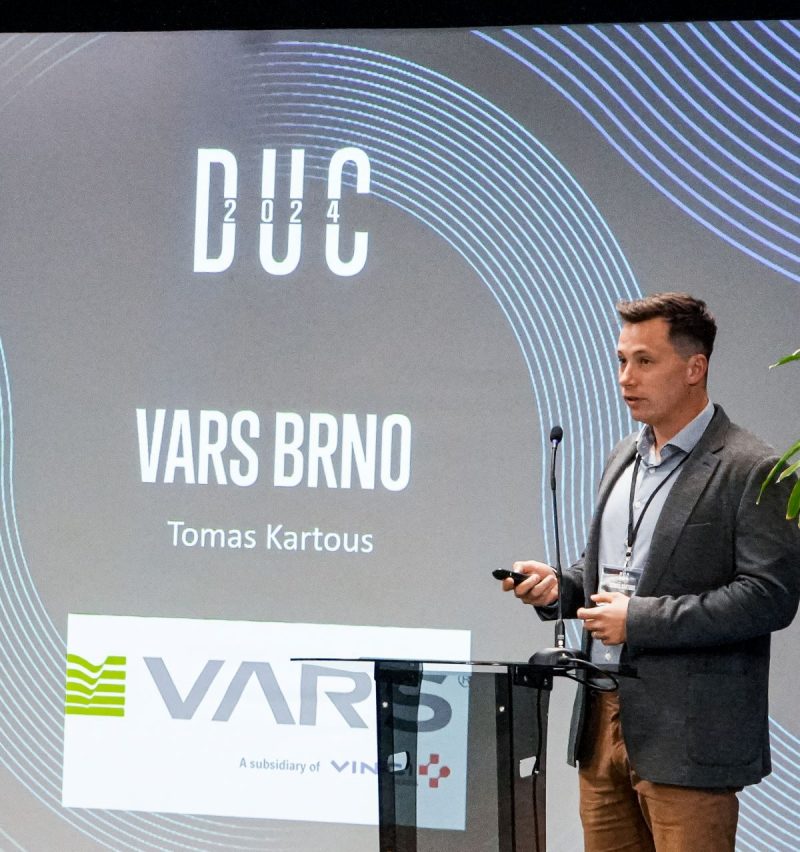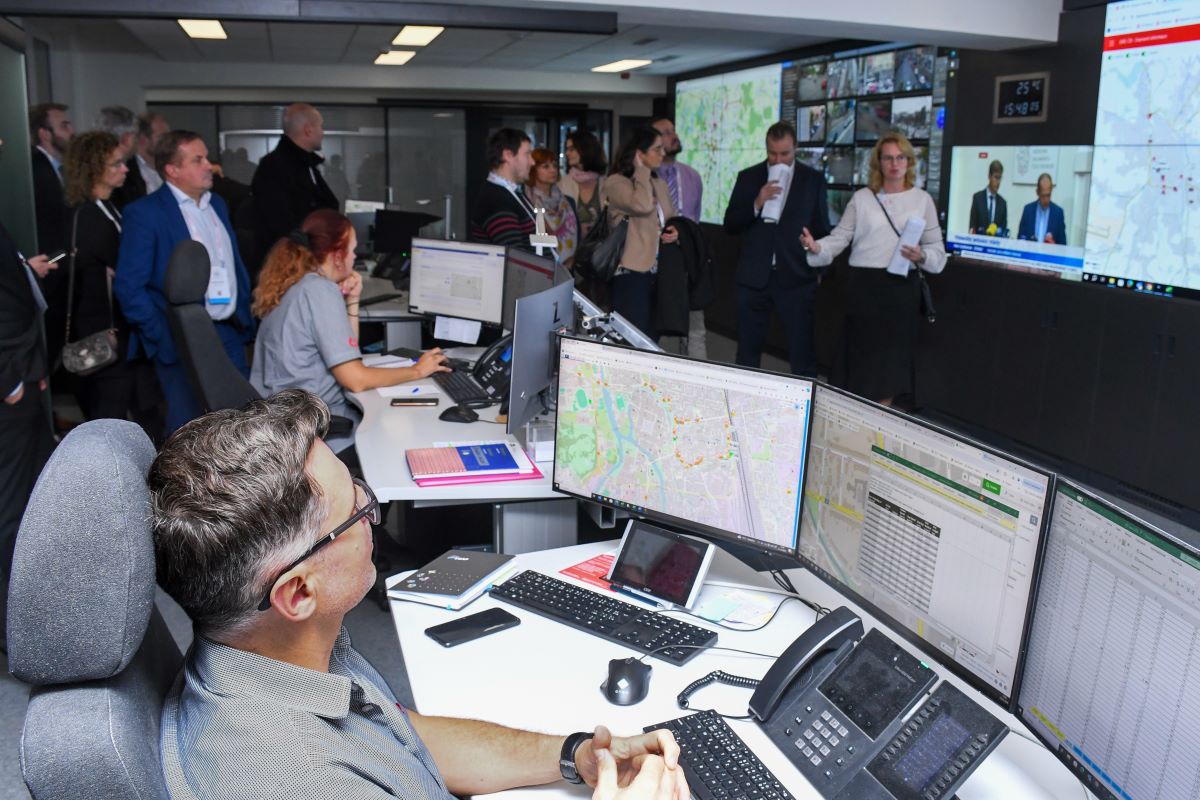
- en
- cs
Pavement management? Catching up with the world and solving the same "problems"
With the launch of the Pavement Management System for the Road and Motorway Directorate (SHV), the Czech Republic has joined the prestigious “club” of countries where a similar system, such as the one designed by VARS BRNO, is in operation. Consultant Tomáš Kartous gathered inspiration and concrete information at the Deighton conference in Toronto. It is the Deighton software that runs the computing core of SHV, as in other countries.

News
16 August 2024Pavement management? Catching up with the world and solving the same “problems”
The first 5,775 lane-kilometres of measured roads and 1,344 lane-kilometres of motorways have been measured by the CleveRA Car from VARS BRNO in the 2023 season.
With the launch of the Pavement Management System for the Road and Motorway Directorate (SHV), the Czech Republic has joined the prestigious “club” of countries where a similar system, such as the one designed by VARS BRNO, is in operation. Consultant Tomáš Kartous gathered inspiration and concrete information at the Deighton conference in Toronto. It is the Deighton software that runs the computing core of SHV, as in other countries.
Who attended the conference?
Mostly road managers who use Deighton’s solutions to optimize the cost of managing their transport infrastructure. The community of people doing asset management in the world is quite small. This was a great opportunity to get to know basically everyone who does it and to gain experience.
So where does VARS’ SHV stand in a global comparison?
We went our own way, where we started right from the beginning to build a giant system that encompasses everything. In countries that have been using similar infrastructure management systems for a long time, the evolution has been gradual. However, it can be said that we have caught up with their years of development with our way.
Can this be illustrated with a specific country example?
Take New Zealand. They have been developing this system there for twenty years and are at eighty per cent accuracy. Our results are comparable, but we achieved them much earlier.
Is eighty per cent a good result?
Yes, we need to see that it is a live system over data that may be error-laden. The system is generic and we cannot ask it to produce absolutely accurate results. It is like a long-term weather forecast. If a weatherman predicts that in two months’ time it will be exactly 24 degrees at midday and 57% humidity, nobody will believe him either. But if he sets some range of temperature and humidity, his prediction will be credible. This is how SHV should be used.
Is this perceived by users of these systems abroad?
They have experienced what we are going through everywhere and continue to do so. The system always gives results with some probability and the users work with them somehow, they can agree with them or not. Our system can go into great detail, it can suggest 14 technologies for maintenance or repair. In countries where similar systems have been in operation longer, the output of the system is only at the level of “reconstruction – repair – maintenance”. The specific technology is then up to the people – they evaluate the information from the system and decide what technology to use. In New Zealand, the output is then a projected repair budget. How it is spent is again up to the people.
What effect does the use of systems to manage transport infrastructure have on its condition?
For example, a highway authority in Louisiana, USA, presented these results. Before the management system, they had 15 percent of their roadways in the worst classification. Now it is two per cent. Vermont is in a similar position, and in Europe, for example, Ireland. Their experience, by the way, is very inspiring within Europe.
In what way?
For example, they are now introducing probabilistic road degradation models that are able to predict the evolution of road conditions. This is something that I am very interested in and I believe that we could apply it here. The model works with probability and with historical statistics. Thanks to the fact that we have been measuring the Czech motorway network for five years now, we have this data.
The context shows that in general these systems are used most often by countries in the “Western” world.
For the most part, yes, but this is not 100% true. Saudi Arabia, for example, has a very responsible approach to transport infrastructure management. This can be seen, for example, in the measurements. If we in the Czech Republic with CleveRA Car measure 12,000 lane kilometres once a year, the Saudis do 180,000 kilometres twice a year.
Is there any other topic that resonates among road managers around the world?
The environmental aspect of road management was an interesting topic. In the Czech Republic we are not working with this yet, but in other countries they are adding coefficients of the environmental impact of various repairs to the system. The outputs from this are ambiguous. For example, it has been found that more uneven pavement means higher consumption of passing vehicles and therefore a higher carbon footprint. Therefore, if roadways were repaired more frequently, CO2 emissions would be reduced. However, the emissions associated with more frequent repairs will offset this effect.
And what will be the future of transport infrastructure management technology?
Certainly more integration of the system with people on the ground. They can have tablets with specific tasks to complete, have the information they need directly on them and can mark the task as completed in real time. They are also working with augmented reality, where it is possible to display a reported fault in the field.
Read more
NEWS




